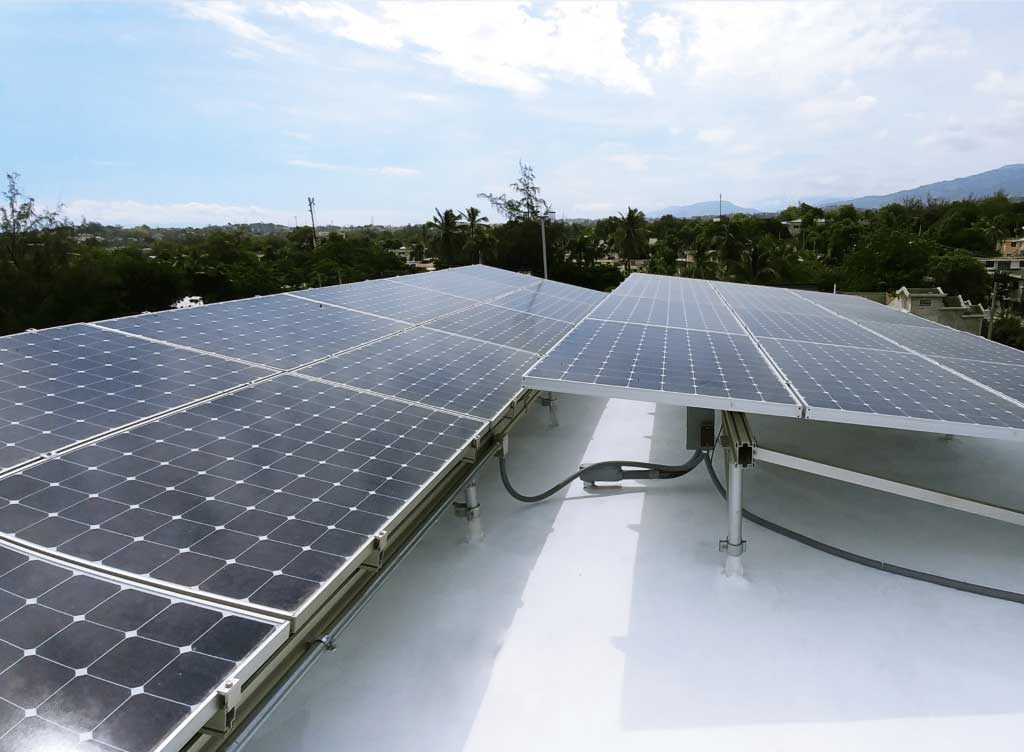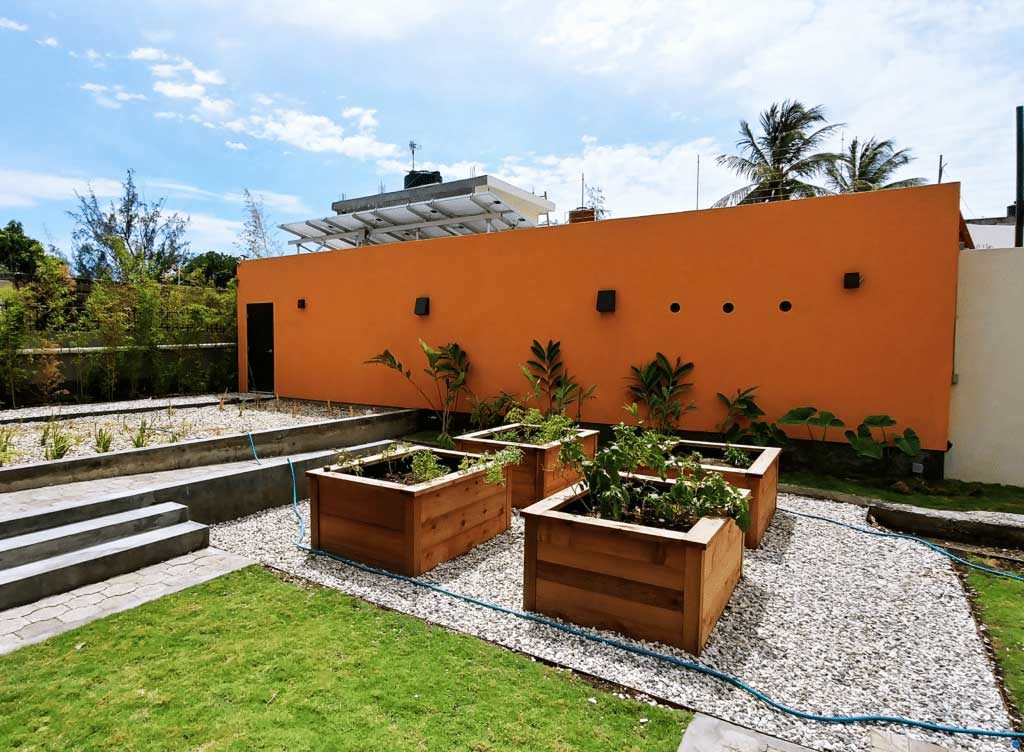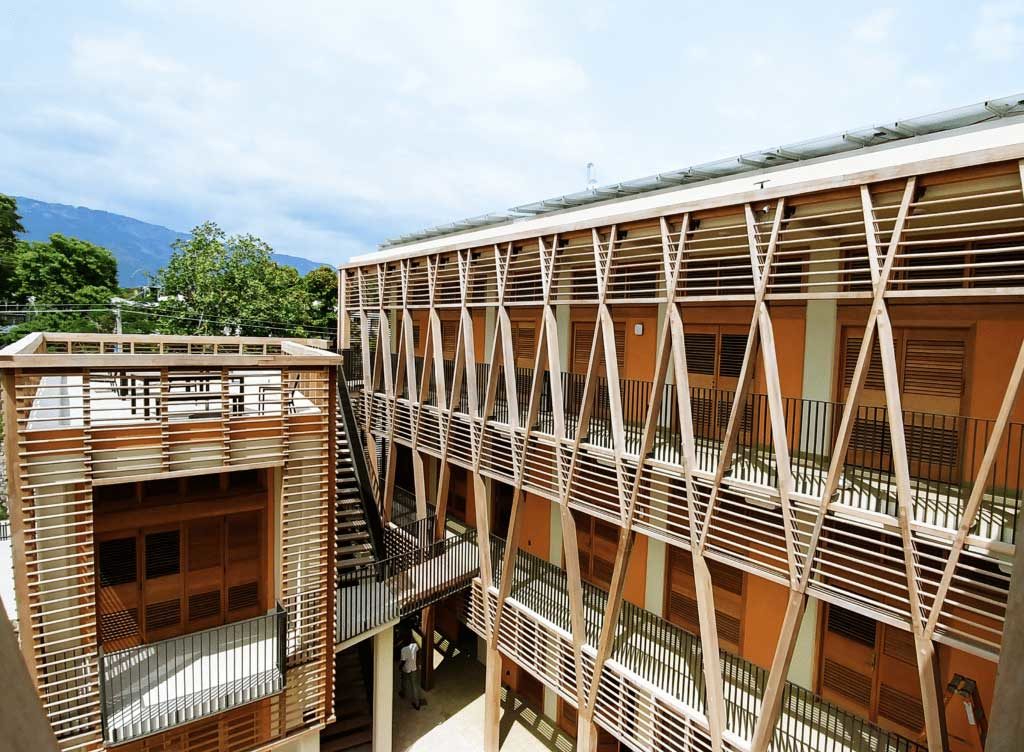



SERVICES
Sustainability
CLIENT
U.S. Green Building Council
THE SPACE
Three-story structure with central courtyard, separate tower and stairs, office space, and kitchen and dining areas.
PORT AU PRINCE, HAITI
Since 2012 RTM project engineer, Chris Kneeland has been providing engineering design for The William Jefferson Clinton Children’s Center (formerly known as Project Haiti) in Port au Prince, Haiti. Following the devastating earthquake that struck Haiti in 2010, the U.S. Green Building Council spearheaded this project to not only replace a previous orphanage that was destroyed, but also to design and construct the first LEED-certified children’s center in Haiti.
The aim of the center is to provide a fully-sustainable and resilient facility for the immediate health and emotional needs of orphaned children, as well as a safe pathway to adoption. The three-story structure will include a main, L-shaped building, central courtyard, separate tower and stairs for training and office space, kitchen and dining areas, and a ground-level “safe zone” which will provide occupants an area to gather in the event of an earthquake. The project will be targeting LEED Platinum as well as WELL certification from the International Well Building Institute. The project includes an international team of architects, designers, and engineers that have been donating their time and services to see the project come to life.
RTM’s involvement was in designing the lighting, power, IT, and solar energy components of the facilities electrical system. Most of the building systems were designed so that they could run independently of the city’s unreliable grid system. In doing so, renewable design strategies must be implemented, such as solar power, allowing for a net-zero energy consumption. RTM designed a solar energy generation and storage system, consisting of large rooftop solar panels and a battery bank. Each of the 96, 1×2 meter solar panels generates 327 watts, resulting in more than 31,000 watts to power the orphanage.
Because the panels generate energy only during the day, the facility also needs a battery system to store solar energy for use at night or during a natural disaster. The battery bank is an assembly of several large industrial batteries, and it is designed to power the building for up to 48 hours with zero sunlight.
Industrial batteries typically last for 10 or more years, but if they run constantly for an extended period of time, they can be damaged and have a shorter lifetime. To protect the batteries, RTM also added a generator to the plans. If the batteries run for one day and start to get close to 50 percent depth of discharge, the generator will turn on to prevent battery damage. The generator is propane, which is a cleaner-burning and more readily available fuel.
This project is predicted to have a large impact on the building design and construction environment, as well as socially responsible organizations who are a part of other similar ventures. USGBC has aimed to show that if a project of this magnitude can be successfully completed in a vulnerable place like Haiti, then it should also have the ability to be replicated on a larger scale in less challenging locations.
Project Haiti has been recognized as a Commitment Maker by the Clinton Global Initiative.
Video courtesy of USGBC from MagicWig Productions, Inc.
